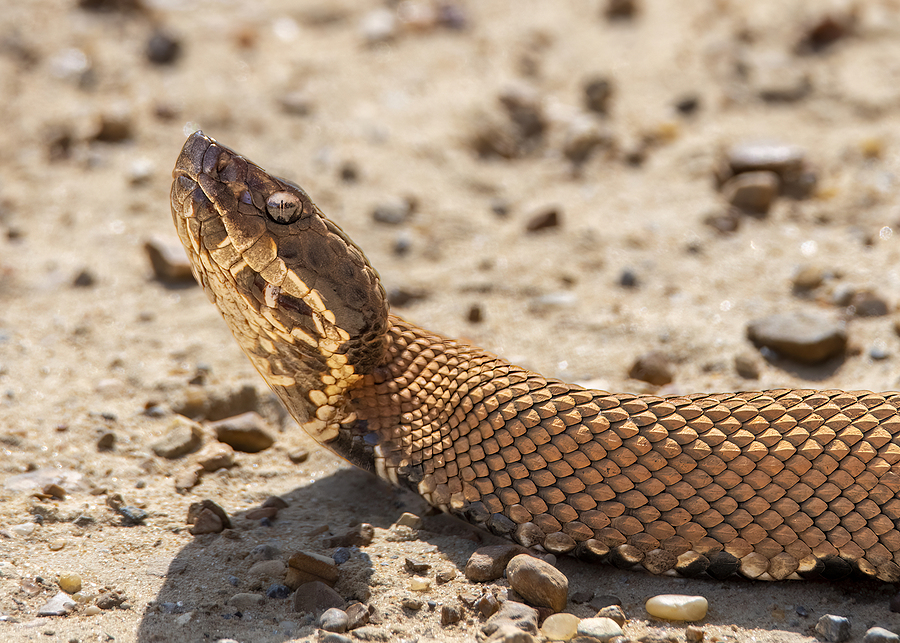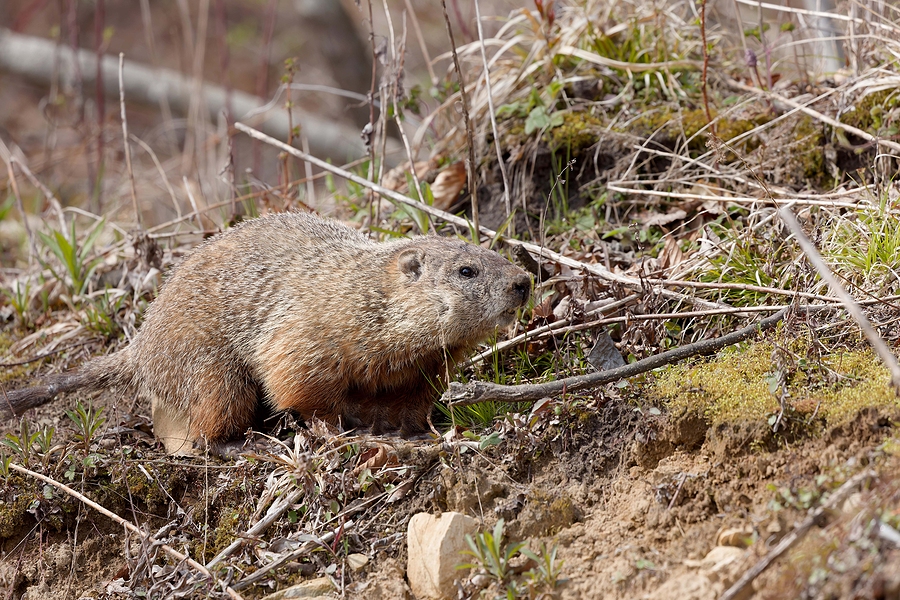As we increasingly encroach upon natural habitats, human-wildlife conflicts have become a routine affair. Wildlife control is an inevitable part of our coexistence with animals, but its execution often falls short of ethical standards.
In this blog post, we explore responsible and humane methods for wildlife control, with a focus on wild animal removal and the use of animal repellents. We aim to shed light on practices that maintain a balance in nature, ensuring the safety of both humans and the animals we share our planet with. Join us as we delve into the intersection of ethics, wildlife preservation, and human safety.

How Does Wildlife Control Work?
Wildlife control is a blanket term that encompasses efforts to keep wildlife away from human habitats. Depending on the species in question, these measures usually involve either repelling or removing animals. Animal repellents are substances designed to encourage an animal to leave its current location and move elsewhere. Examples of common animal repellents include bird scarers, ultrasonic devices, chemical sprays, and physical barriers.
In some cases, wildlife control can involve the removal of animals from an area where they’re not welcome. This is typically done by a professional wild animal removal service that specializes in trapping and relocating animals to their natural habitat or a protected reserve. However, animal relocation should always be seen as a last-resort option, as it can cause unnecessary stress to the animal in question.
Common Types of Nuisance Wildlife in Virginia
Virginia is home to a wide variety of animals, many of which can become nuisances if they start living too close to human habitation. Some common examples of nuisance wildlife in Virginia include raccoons, skunks, moles, squirrels, foxes, bats, opossums, mice, and rats. When faced with any of these species near your home or business, it’s important to take proper action.
Why is Ethical Wildlife Control Important?
Critter control should never be taken lightly, as its success or failure will affect both humans and animals. Many of the methods used for wildlife abatement—such as chemical sprays and traps—can potentially result in injury or death to the animal in question. Furthermore, when done improperly, wildlife control can actually increase the chances of human-animal conflicts by driving animals away from their natural habitats and into populated areas.
In order to ensure both the safety of humans and animals, animal removal and control must be approached with a comprehensive ethical framework in mind. This means considering methods that prioritize humane solutions which minimize or eliminate harm to animals.
What Are Some Humane Methods of Wildlife Control?
Fortunately, there are a variety of humane methods available for wildlife management and control that can be used to keep both humans and animals safe. For example, physical barriers (such as fences) can be installed around areas where wild animals may attempt to enter human habitats. This method keeps both people and animals out of harms’ way, while still allowing the animal to remain in its natural environment.
In addition to physical barriers, certain animal deterrents can also be used as a humane means of wildlife control. For example, ultrasonic devices emit sound waves at frequencies that are only audible to animals and can be used to scare off certain species without causing any lasting harm. Similarly, certain bird control methods such as falconry and laser bird scares can be used to keep birds away without causing them any distress.
In Conclusion
Ultimately, when it comes to wildlife control, the most important factor is to ensure that the solution chosen is both effective and humane. By following an ethical framework in our approach to wildlife control, we can ensure a balance between human safety and animal rights.
If you’re looking for a safe, effective, and humane solution to your wildlife control needs, get in touch with us today! Our team of experts at Virginia Wildlife Pros can help you find the best wildlife removal and control solution that fits both your budget and your ethical standards. Together we can maintain Nature in Balance. Contact us at 804-292-0156 for a free quote.
Related Posts:
The Importance of Professional Wildlife Removal and Control Service
Preventing Animal Infestations: What You Need to Know
What To Do When You Find a Dead Animal in Your Home




